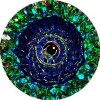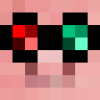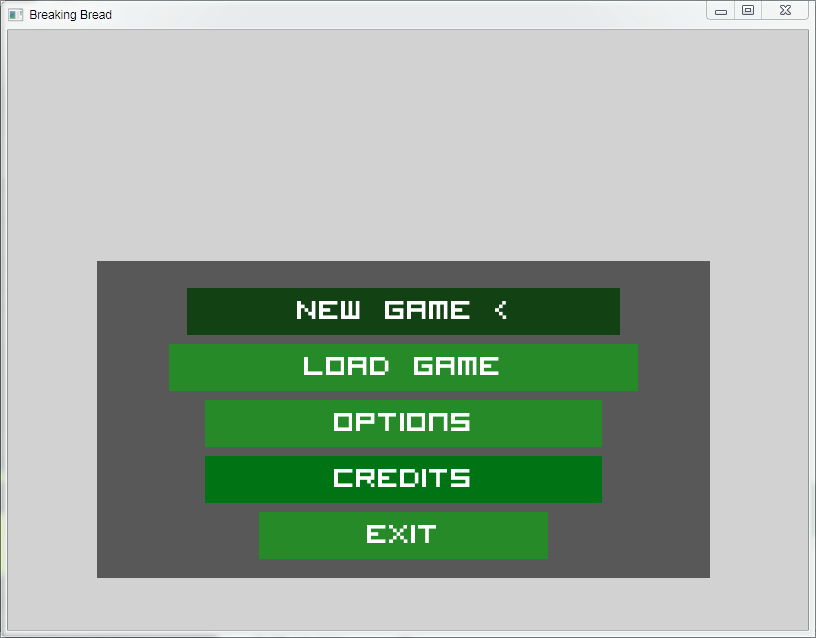
Figured I'd make this topic to just have a general area for discussion of LÖVE related topics, such as recent updates, the kind of projects you're working on, and maybe to pass a couple tips between one another here and there. If you don't know about LÖVE (which I will be calling love2d from now on since it's easier to type), allow me to introduce you:
Hi there! LÖVE is an *awesome* framework you can use to make 2D games in Lua. It's free, open-source, and works on Windows, Mac OS X and Linux.
Some games using love2d: Mari0, X-Moon, Snayke, Journey to the Center of Hawkthorne
A lot of you are learning and/or are very familiar with Lua, so I'm sure many of you will pick this up right away. I'll explain a couple of basic, important things to know before you get started.
- Love2d is not a "studio" of any sort - simply running the program will give you the "baby inspector" screen, the default animation for version 0.9.0. This is only to show you that it works, and that you installed it correctly. A love "project" is nothing more than a folder with a main.lua, and a conf.lua. In order to run this project, you can either drag your project folder over the love2d shortcut/executable, or go to the command line and type love /path/to/your/project. .
- The way love2d works is in "callbacks", where you have a main program loop (like you would in CC) that calls specific functions as the game runs. The three main callbacks used are love.load(), love.update(dt), and love.draw(). There is also love.keypressed(), love.keyreleased(), love.mousepressed(), love.mousereleased(), and a bunch of others. The game loop in a love game is in the love.run() callback, and is defined for you if you do not provide one yourself. For now, you don't have to worry about love.run or how it works. .
- Do not make your own everything "just because". There are tons of libraries out there (on the wiki) that have already done the heavy lifting for you, including some utilities included in love2d itself. There's no shame in greatly increasing your own productivity and time spent prototyping and developing your project by using someone else's work that they made just for you. The only case in which you should create your own "libraries", is if existing libraries don't provide what you need them to do, or if you simply want to create a learning experience for yourself.
Keep in mind that love2d is in a bit of a beta stage, meaning it may not have every feature you need. However, the framework is constantly being developed and new features are always being added.
If you'd like to start learning to work with love2d, here's a nice tutorial, and a few more when you're ready.






















